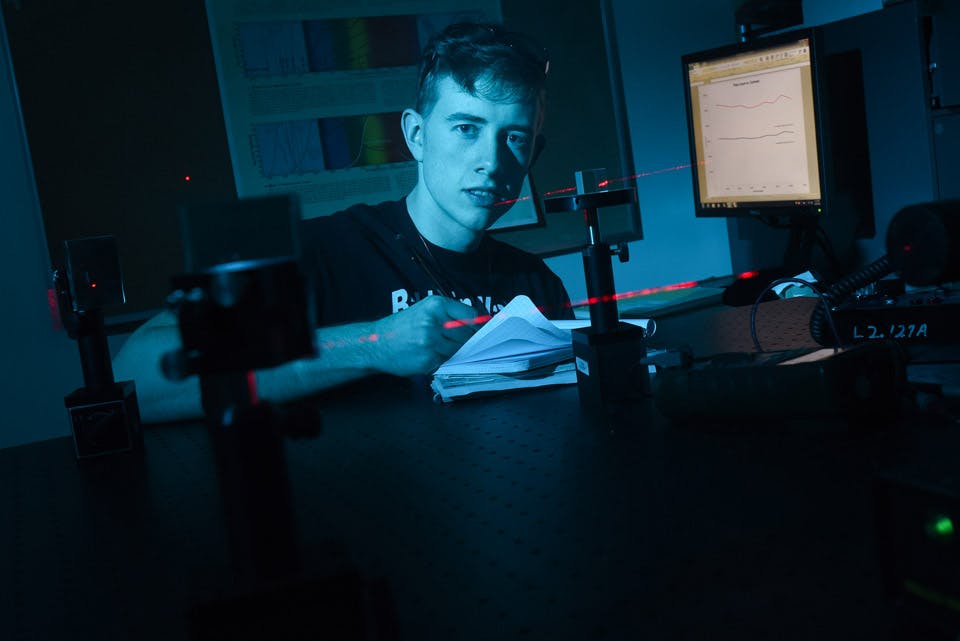Ohio Life
Career Choices
Here’s how four Ohio colleges are working to bring new students to STEM-related majors.
Related Articles

Patty Mitchell Shares Her Inspiration for Creating Passion Works Studio
Her Athens studio empowers artists of all ability levels to channel their creativity into joyful, vibrant works of art, including its signature Passion Flower. READ MORE >>
.jpg?sfvrsn=bfd6b738_3&w=960&auto=compress%2cformat)
Dayton-Based Filmmaker Brittany Shyne Wins Award at Sundance Film Festival
The Wright State University alum took home the U.S. Grand Jury Prize for Documentary with her motion picture “Seeds.” READ MORE >>

‘American Pickers’ is Visiting Ohio in March
The much-loved and long-running documentary series seeks private citizens across the state who have treasures and unique finds to share as they return here to film next month. READ MORE >>



